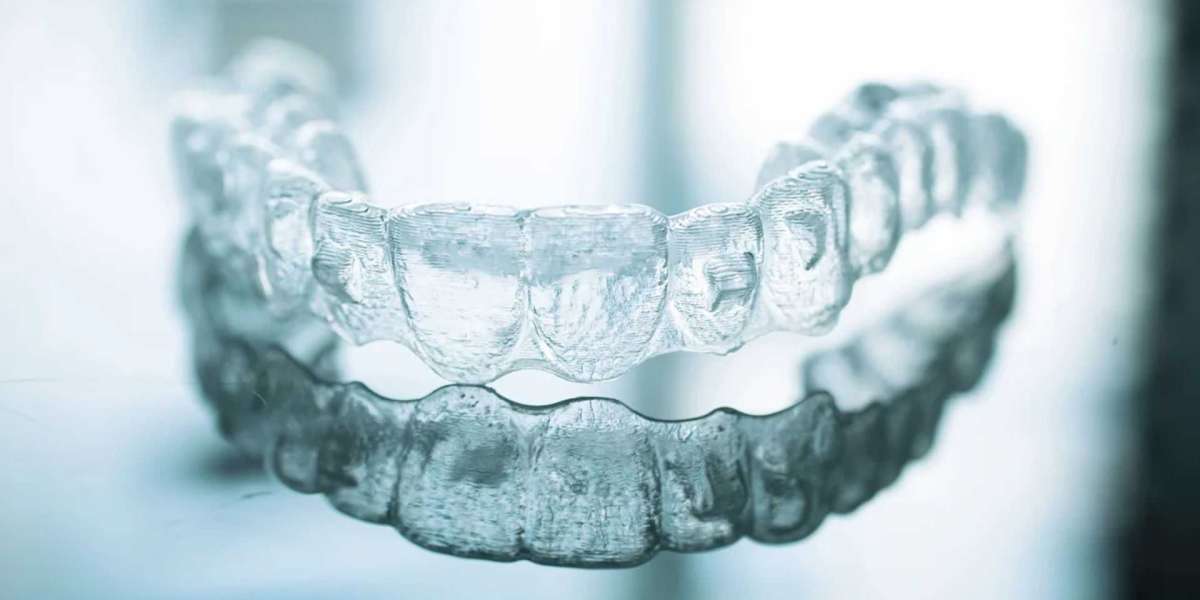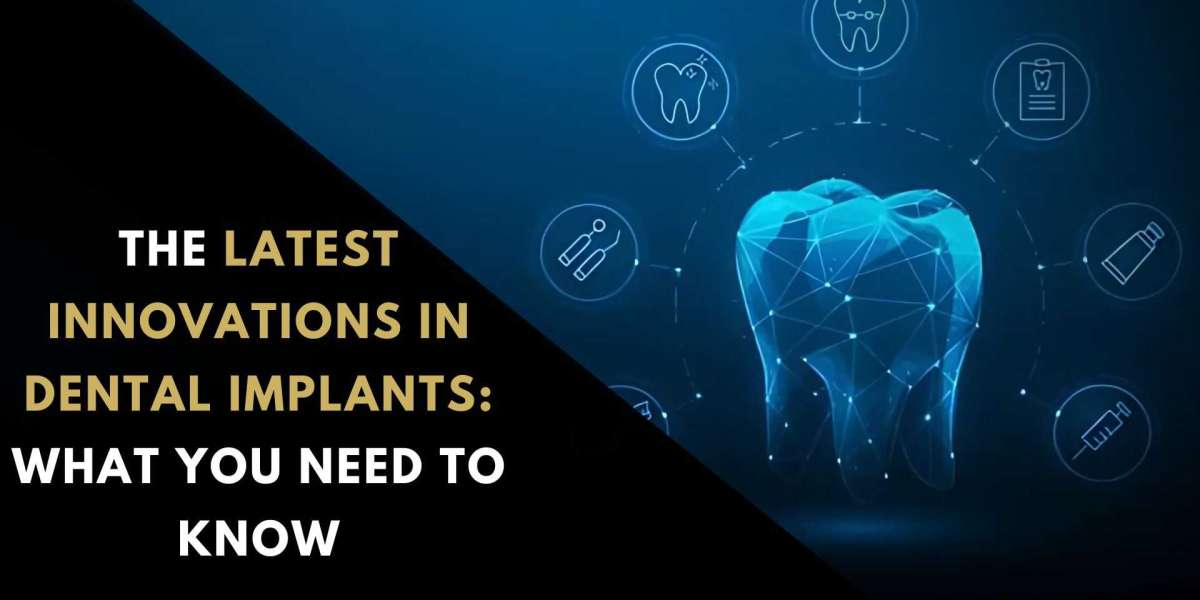If you've been dreaming of straight teeth without the hassle of traditional metal braces, you've probably heard of Invisalign. It's become the go-to solution for many people who want a beautiful smile with minimal impact on their daily lives. But how exactly does Invisalign work, and is it your right choice.
What is Invisalign?
Invisalign is a modern orthodontic treatment designed to straighten teeth without using traditional metal brackets and wires. Instead, it uses a series of custom-made, clear plastic aligners that gradually move your teeth into the desired position.
These aligners are almost invisible, which makes them a popular choice among adults and teens who want a discreet way to achieve the perfect smile. The aligners are removable, so you can take them out to eat, drink, and clean your teeth—something traditional braces can't offer.
How Does Invisalign Work?
Invisalign treatment starts with a visit to an orthodontist or dentist trained in providing Invisalign. They will first assess your teeth and discuss your smile goals. Once you're on board, they'll take detailed impressions of your teeth through digital scanning or traditional moulds.
From there, Invisalign uses advanced technology to create a personalized treatment plan. You'll receive a series of aligners designed to gradually move your teeth, with each new aligner shifting your teeth just slightly until they're in the ideal position.
You'll typically wear each aligner for about two weeks before switching to the next set. And the best part? The aligners are clear, so most people won't notice you wear them.
Benefits of Invisalign

1. Discreet Treatment
One of the most significant advantages of Invisalign is that it's nearly invisible. Unlike noticeable metal braces, Invisalign aligners are clear and blend in with your natural teeth, giving you the confidence to smile while undergoing treatment.
2. Comfortable Fit
Invisalign aligners are made from smooth plastic, which means they're less likely to irritate your gums and the inside of your mouth compared to traditional metal braces. Plus, since there are no brackets or wires to adjust, you'll experience fewer trips to the orthodontist.
3. Convenience
Because the aligners are removable, you can eat, drink, and brush your teeth without restrictions. You take them out when necessary, making oral hygiene much easier to maintain.
4. Fewer Office Visits
With Invisalign, you'll generally need fewer orthodontist visits than traditional braces. Instead of going in regularly for adjustments, your treatment is monitored through periodic check-ins, usually every six to eight weeks.
5. Predictable Results
The technology behind Invisalign allows you to see your treatment plan and the result before you start. With 3D imaging, you'll get a clear picture of how your teeth will move throughout the process, which can help keep you motivated.
Is Invisalign Right for You?
Invisalign treatment isn't just for people with minor dental issues. It can correct many orthodontic problems, such as crowded teeth, gaps between teeth, overbite, underbite, and crossbite. However, it's important to note that not everyone is a perfect candidate for Invisalign. For example, severe dental problems may require more intensive treatment.
An orthodontist or dentist will be able to evaluate your unique situation and determine whether Invisalign is the best option for you.
How Long Does Invisalign Take?
The length of your Invisalign treatment depends on the complexity of your case. On average, most people wear their aligners for 12 to 18 months. However, some cases may take less time, while others require more. It's essential to wear the aligners as instructed—usually 20 to 22 hours per day—to ensure the treatment works as efficiently as possible.
How Much Does Invisalign Cost?
The cost of Invisalign treatment can vary depending on several factors, including the length of your treatment and location. It's essential to remember that most dental insurance plans will cover Invisalign to some extent, similar to how they would cover traditional braces. Be sure to check with your provider to understand the details.
Considering Invisalign, consider consulting a professional to discuss your options.
Invisalign vs. Traditional Braces: Which is Better?

You might be wondering how Invisalign compares to traditional metal braces. While both options are effective at straightening teeth, there are some key differences:
Appearance: Invisalign is clear and nearly invisible, while traditional braces have noticeable metal wires and brackets.
Comfort: Invisalign aligners are made from smooth plastic, while traditional braces can irritate the gums and mouth.
Removability: Invisalign aligners are removable, so you can take them to eat, brush your teeth, or floss. Traditional braces are fixed in place and require special tools for cleaning.
Ultimately, the best option depends on your personal needs and preferences. If you're looking for a discreet and comfortable way to straighten your teeth, Invisalign may be the right choice.
Invisalign offers a practical, comfortable, and discreet way to straighten your teeth and improve your smile. With clear aligners that gradually shift your teeth into place, Invisalign can help you achieve the smile you've always wanted without the hassle of traditional braces.
If you're considering Invisalign, consult an orthodontist to determine if it's the right solution. Invisalign can provide a clear path to a perfect smile, whether dealing with mild crowding or a more complex bite issue.
Remember, a beautiful smile isn't just about straight teeth—it's about feeling confident in yourself. And with Invisalign, you can enjoy the process of getting there.
FAQs
1. What is Invisalign?
Invisalign is a transparent aligner system that straightens teeth without traditional metal braces. The aligners are removable and nearly invisible.
2. How long does Invisalign treatment take?
Invisalign treatment usually takes 12-18 months, depending on the complexity of your case.
3. Is Invisalign painful?
Invisalign may cause mild discomfort when switching to a new aligner, but it's generally less painful than traditional braces.
4. Can I eat with Invisalign?
You should remove your Invisalign aligners before eating or drinking to avoid damaging them.
5. Can Invisalign fix all dental problems?
Invisalign can treat many issues like gaps, crowding, and bite problems, but severe cases may need traditional braces.














